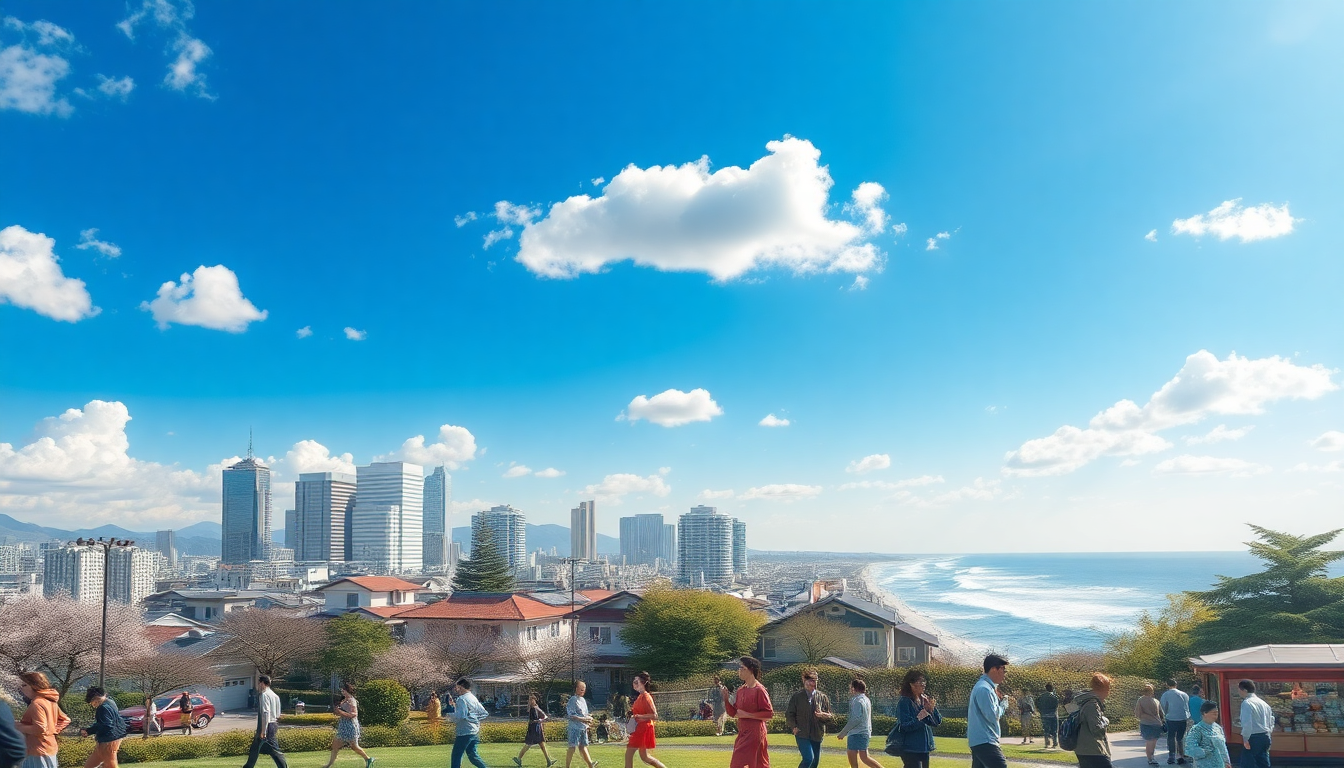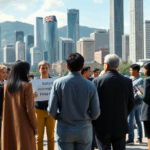Table of Contents
Following a major earthquake off the coast of Russia’s Far East, Japan has successfully downgraded its tsunami advisory, bringing a sense of normalcy back to millions of residents. This event, one of the strongest seismic activities on record, has sparked a series of coordinated responses across the Pacific region, highlighting the interconnected nature of disaster management.
But what does this mean for those living in the shadow of the Pacific Ring of Fire?
The Earthquake’s Impact: What You Need to Know
On Thursday, the Japan Meteorological Agency (JMA) announced that the tsunami advisory issued after the 8.8 magnitude earthquake near the Kamchatka Peninsula has been lifted.
With fears of a catastrophic tsunami subsiding, residents were able to return home safely. Initially, predictions had warned of storm surges reaching up to 4 meters (around 12 feet) in various Pacific coastal areas, including parts of the United States, raising alarms far and wide.
Despite the anxiety surrounding the quake, the resulting tsunamis proved to be much weaker than anticipated. Reports indicated that the highest wave recorded was only 1.3 meters in Kuji, Iwate Prefecture. Tragically, the only confirmed fatality in Japan was a woman who lost her life when her vehicle fell from a cliff during the evacuation.
It’s a stark reminder of how quickly things can turn during emergencies.
As Japan lifted its advisory, nearly two million residents had already been instructed to seek higher ground. Fortunately, as the situation stabilized, the JMA confirmed that there were no active tsunami warnings, enabling the public to resume their daily activities.
How Other Regions Responded
Japan wasn’t alone in its response to this seismic event. Other Pacific nations quickly reacted, too. In Chile, for instance, the disaster response agency downgraded their alert from “alert” to a “state of precaution” after approximately 1.4 million people were urged to evacuate.
Thankfully, no significant damage or casualties were reported there, with wave heights remaining manageable.
Meanwhile, in the Galapagos Islands, initial predictions had anticipated waves of up to three meters, but local authorities reported a surge of just over a meter, with no harm done. Residents did experience fluctuations in sea level—a common occurrence during tsunami warnings—leading to heightened tension. Have you ever felt that rush of anxiety when nature throws a curveball?
The United States issued various alerts, including warnings for Hawaii and parts of California. However, these alerts were later downgraded, allowing residents who had evacuated to return home as the threat diminished. It’s a relief to see communities bouncing back after such anxiety-inducing events.
Looking Ahead: What Comes Next?
While the tsunami’s impact was relatively mild in many areas, the aftermath in Russia paints a different picture. The tsunami caused significant damage in Severo-Kurilsk, where local infrastructure faced severe impacts. Footage from Russian state television showed buildings and debris being swept into the ocean, serving as a sobering reminder of the devastating potential of natural disasters.
As the region recovers, this event underscores the importance of preparedness and quick response in mitigating the effects of such natural phenomena. Notably, this earthquake was the strongest recorded in the Kamchatka region since 1952, prompting experts to caution about potential aftershocks of considerable magnitude. Are we really ready for the next big one?
In conclusion, while the immediate threat of a tsunami has passed, the lessons learned from this incident will undoubtedly shape better preparedness strategies moving forward. The interconnectedness of Pacific nations in responding to such threats highlights the collaborative spirit needed to navigate the challenges posed by natural disasters. After all, in a world that can change in an instant, staying informed and prepared is our best defense.





